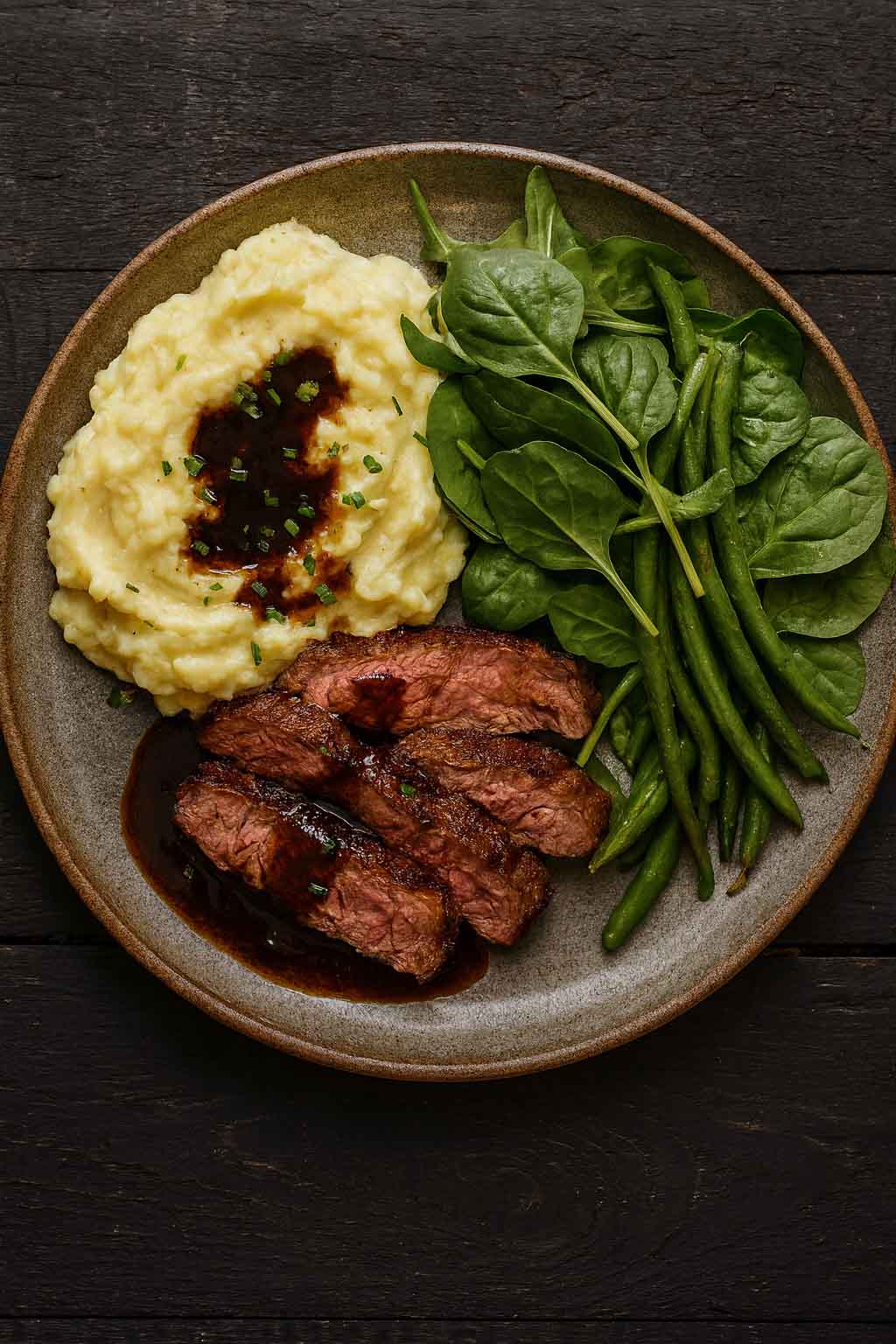Healthy eating does not have to be complicated or boring. The secret lies in balance: combining foods in a way that every meal keeps you satisfied, energized, and nourished.
The best part is that you do not need to be a nutritionist to achieve this. With just a few simple guidelines, any recipe can be turned into a wholesome and enjoyable meal.
WHAT MAKES A BALANCED MEAL
A balanced meal includes four essential components working together:
- Protein helps maintain muscle mass and keeps you full.
- Carbohydrates provide steady energy throughout the day.
- Healthy fats support brain function, hormones, and vitamin absorption.
- Vegetables and fiber supply vitamins, minerals, antioxidants, and aid digestion.
When these elements are combined in the right proportions, the result is a meal that fuels your body, promotes health, and leaves you light yet satisfied.
THE PLATE METHOD
One of the simplest ways to create balanced meals is by using the Plate Method. Imagine dividing your plate into sections:
- Half of the plate filled with vegetables or salad.
- One quarter of the plate with lean protein.
- One quarter of the plate with complex carbohydrates.
- A small portion of healthy fats, such as olive oil, nuts, or avocado.
This visual guide makes it easy to plan meals without overthinking.
HOW MUCH IS ENOUGH?
Beyond proportions, quantity matters as well. The general rule is to serve amounts that cover your body’s needs without leading to excess.
- Protein should be about the size of your palm.
- Carbohydrates should equal roughly one handful of cooked food.
- Vegetables should fill at least half of your plate.
- Healthy fats should be limited to a small amount, such as one teaspoon of olive oil or a small handful of nuts.
This framework ensures you eat enough for energy and satiety, without going beyond what your body requires.
HOW TO HANDLE MORE COMPLEX DISHES
In many Mediterranean-style meals, dishes combine multiple ingredients, such as vegetables with grains or slow-cooked meals with sauces. The Plate Method can still be applied flexibly.
- If the main dish already includes vegetables and carbohydrates, complete the plate by adding a serving of protein on the side.
- If the dish is mostly protein-based, such as meat or fish with grains, balance it with a generous portion of salad or roasted vegetables.
This way, even richer or more “home-style” meals can fit into a balanced plan without changing the dish itself. What matters is how you serve it and what you pair it with.
PRACTICAL TIPS FOR EVERYDAY BALANCE
- Use leftovers creatively to build new meals.
- Prepare bases like quinoa or whole-grain pasta in advance and store them in the fridge.
- Wash and chop vegetables ahead of time so that half your plate is always ready.
- Focus on the overall eating pattern rather than perfection in every single plate.
FINAL THOUGHTS
The Plate Method is not a strict diet but a practical lifestyle approach. By combining foods in the right way and managing portion sizes, you can enjoy more energy, a better mood, and long-term health benefits.
Healthy eating is not about restriction. It is about balance, variety, and enjoying every meal.
RECIPE SUGGESTION
To put the Plate Method into practice, try this healthy version of a classic dish that combines protein and carbohydrates, and pair it with a fresh salad:


